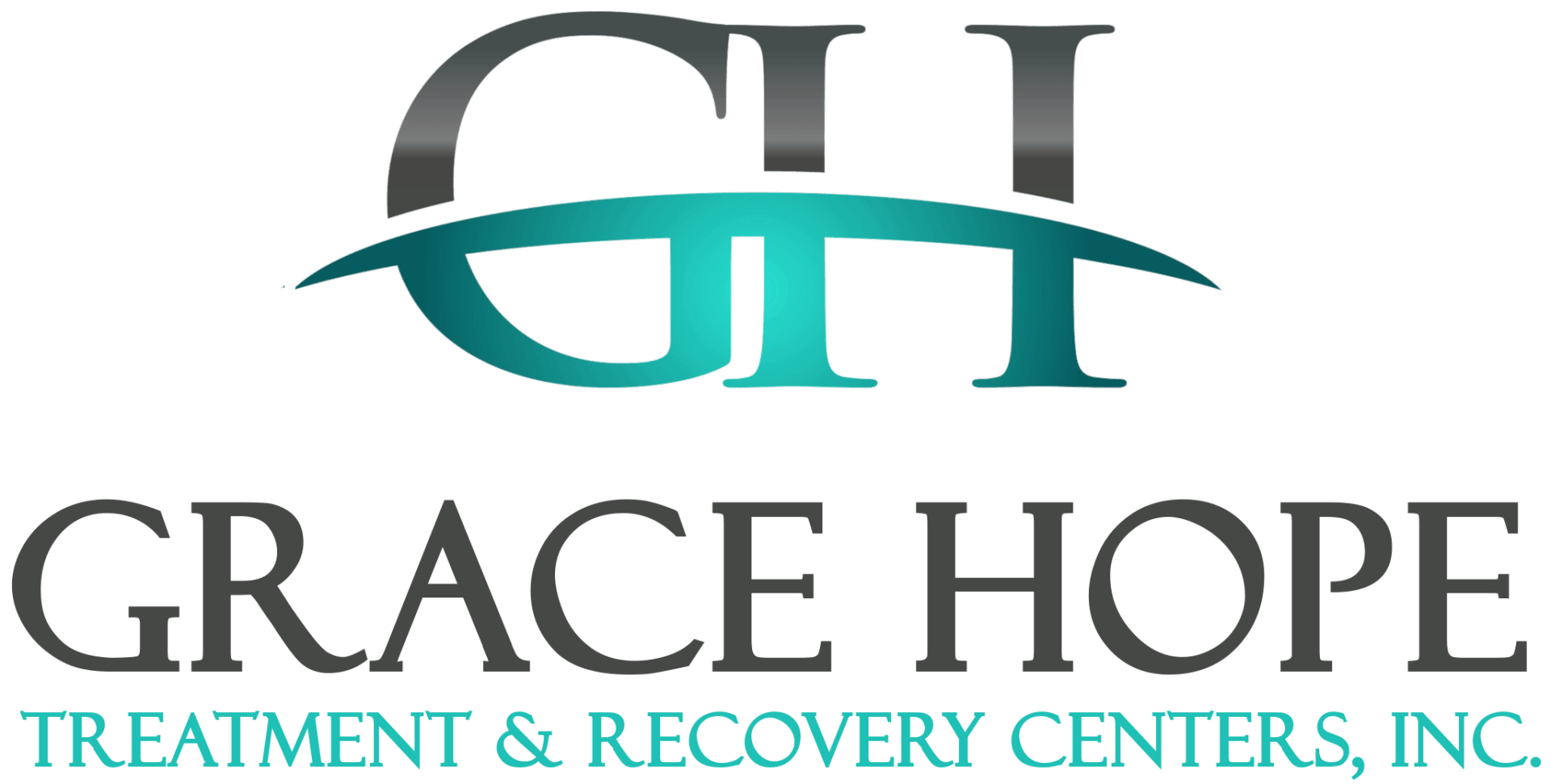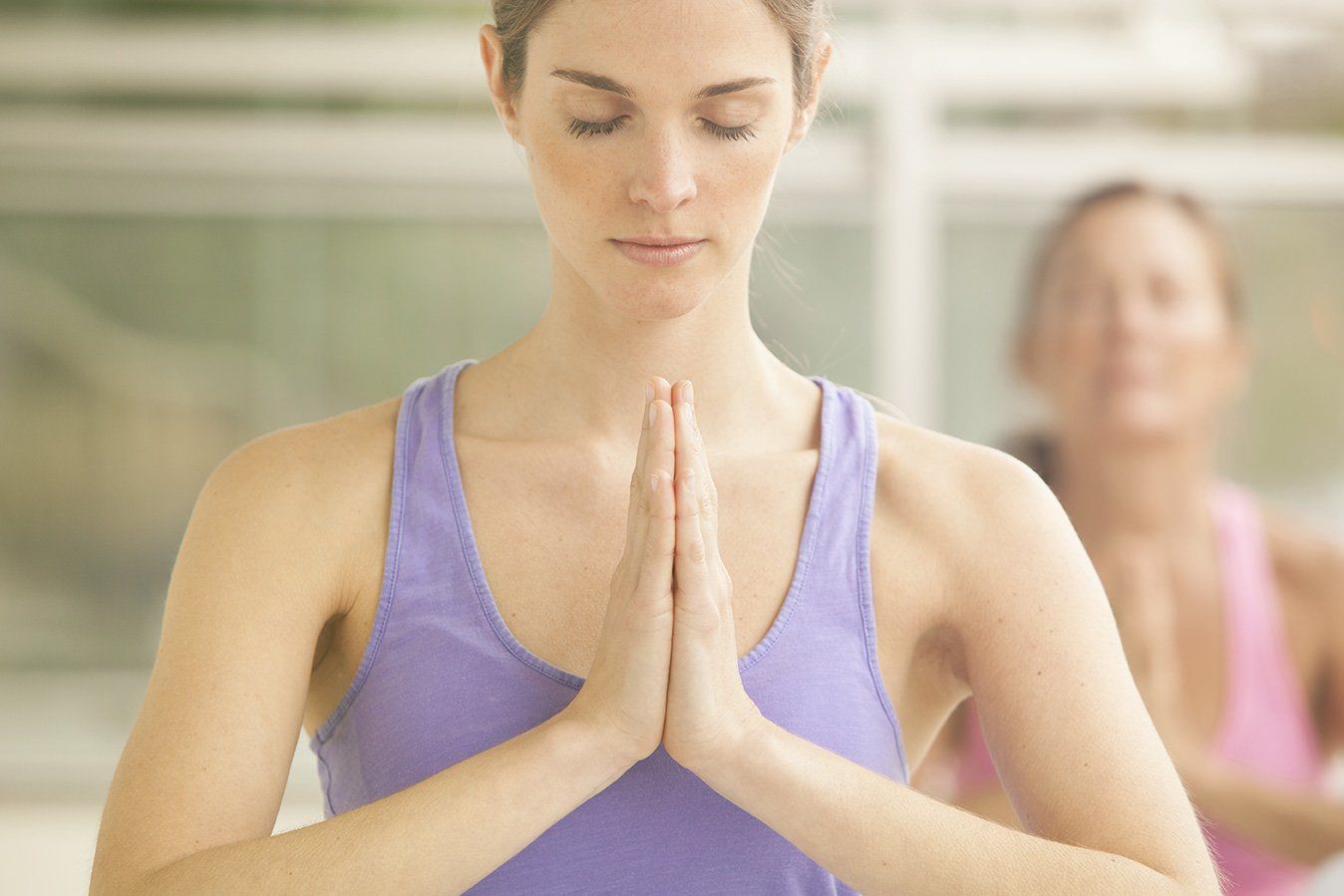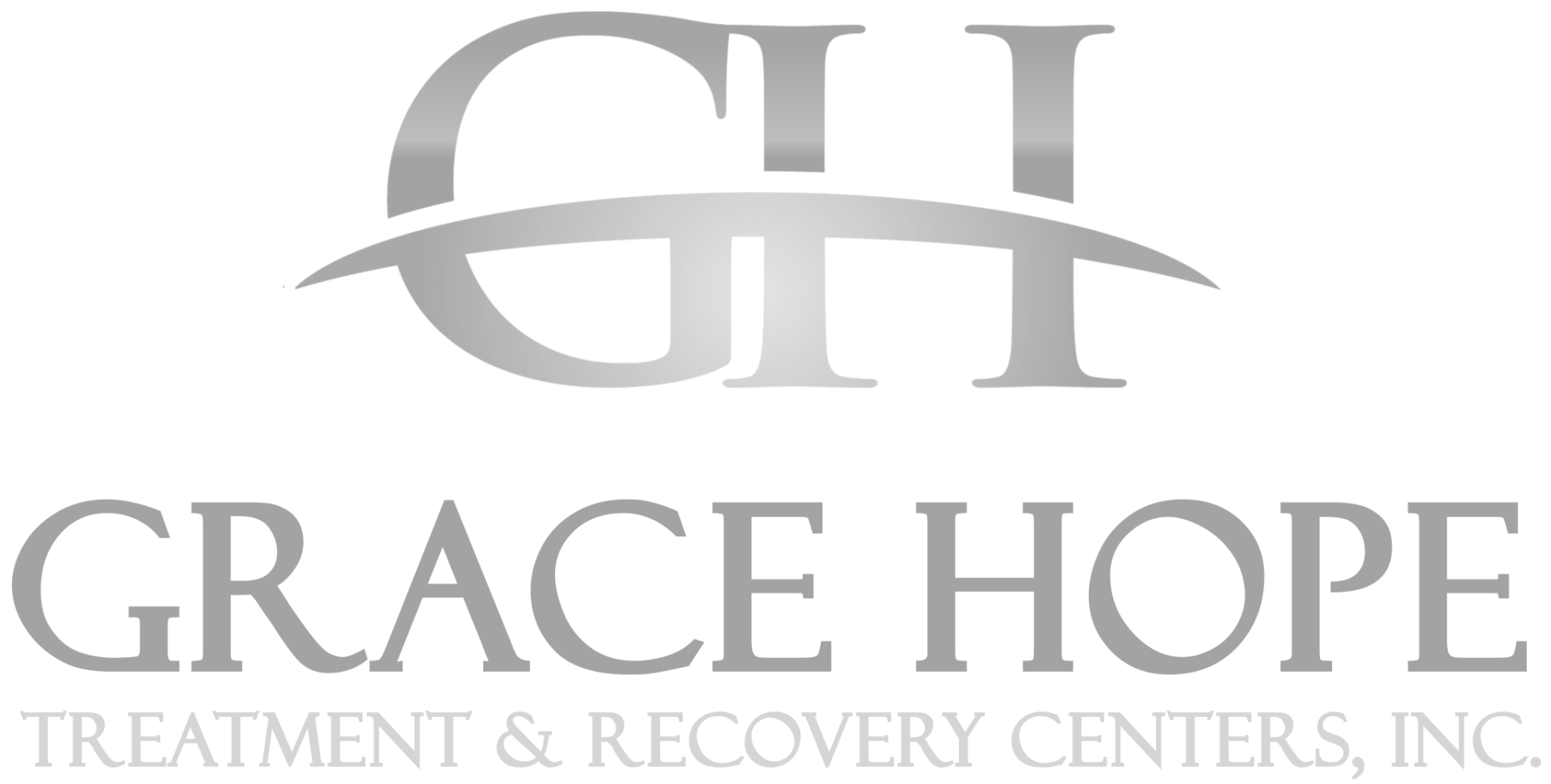Holistic Elements for Addiction Treatment
An effective addiction recovery program will offer a well-rounded mix of evidence-based therapeutic elements and complementary activities that can significantly enhance the clinical results. Going through addiction treatment is strenuous. It involves daily engagement in intensive therapies, group sessions, addiction education classes, and recovery meetings. By including a menu of holistic and experiential therapies to the program clients are going to be happier and more involved in their treatment and in reaching recovery goals.
Central to the holistic trend in addiction recovery programming is the ability of these activities to help reduce stress. Stress is a significant trigger for substance abuse and regulating stress is an essential aspect of aftercare. Relapse prevention relies heavily on the individual’s ability to manage stress and anxiety effectively.
A 5-part series of articles published in the journal Substance Abuse [Marcus & Zgierska] entitled “Mindfulness-Based Therapies for Substance Use Disorders” explores the value of utilizing mindfulness meditation as a complementary treatment element in treatment. It cites studies that demonstrate how mindfulness can interrupt the tendency to use drugs or alcohol when experiencing triggering thoughts or a stressful situation. In addition, the authors include a study that shows cravings are reduced through practicing mindfulness.
Holistic and experiential activities are introduced during treatment, providing clients the opportunity to become familiar with accessing these coping tools so they can be used in recovery. Holistic therapies allow the individual to establish a tighter connection between their mind and body, which can become a protective factor that aids in sustaining sobriety after treatment.
Some holistic and experiential activities include:
Mindfulness meditation.
Mindfulness meditation is a highly effective method for helping the individual manage stressful or upsetting thoughts that could trigger relapse. Mindfulness teaches the person to redirect attention away from the thought distractions and toward the here and now. They are shown how to pay purposeful attention to the feelings, thoughts, and sensations of the present moment. They then acknowledge what they are feeling and then assure themselves that ‘this too shall pass.“ It is helpful to practice breathwork during meditation, as this will also enhance relaxation and reduce any stress or anxiety in the moment.
Massage therapy.
Massage provides assorted benefits, both body and mind. In recovery there is a need for restoring wellness after a period of active addiction and unrest. Massage therapy offers the compassionate human touch while releasing muscle tension and toxins from the body. Massage can help lower heart rate and blood pressure, while increasing circulation and activating the lymphatic system. Massage can increase levels of the feel-good hormones, serotonin and dopamine, while reducing the stress hormone, cortisol. A good massage can enhance sleep quality and reduce feelings of anxiety.
Yoga.
Yoga is another adjunct therapy for helping sustain recovery. While there are many different forms of practicing yoga, generally it involves a series of postures that can help lead to a peaceful state of mind. Yoga is a strenuous workout that can aid flexibility, agility, and strength, while also relieving physical pain. Yoga strengthens the mind-body connection through focusing on breathing while achieving the postures. The practice also helps to reduce the stress hormones, cortisol and adrenaline.
Acupuncture.
Acupuncture has been found to provide some relief during the discomforts of the detox and withdrawal process. In recovery, acupuncture can help reduce cravings and symptoms of a co-occurring mental health conditions, such as anxiety or depression. Acupuncture uses small needles that are inserted in five areas of the ear to provide relief for someone recovering from substance addiction. Acupuncture is said to increase endorphin levels while bringing about a balance of yin and yang energies. Acupuncture opens up blocked energy flow called qi and leads to improved overall wellness and functioning.
Art therapy.
Using various media, art therapy allows the individual to convey a wider range of emotions than they might be able to communicate in a therapy session. Producing art acts as a bridge, allowing the person to work through difficult emotions such as fear or shame, or residual trauma as they transition to wellness after active addiction. Because art is a nonverbal activity, those who are reticent to talk openly with a therapist about their feelings often embrace it. There are several possible media to use in art therapy, including painting, drawing, sculpting, and mix media.
Equine therapy.
Equine therapy, or equine-assisted psychotherapy, involves regular interactions with a horse over a period of time. This process of caring for a horse involves exercising, feeding, and grooming. In spending time caring for the animal it allows the individual to become accountable to something outside him or herself. Over time, the responsibility of caring for the horse results in heightened self-confidence and compassion, both beneficial in recovery.
Recreational therapy.
Adding some enjoyable pastimes to the rehab experience can keep the individual from becoming bored or apathetic while in treatment. Getting outdoors offers natural benefits, such as fresh air and vitamin D from sun exposure. Capo by the Sea offers a list of engaging outdoor activities, including:
•
Golf
•
Whale watching
•
Horseback riding
•
Kayaking
•
Paddle boarding
•
Ocean Reiki
Exercise.
One of the most effect ways to enhance recovery is through physical exercise. Just committing to a regular exercise routine or new fitness goals can give someone a renewed sense of accomplishment. The benefits to both body and mind are many, including improved mental health, better sleep quality, increased cognitive ability and concentration, more energy, and reduced cravings. A regular exercise program might involve 3 or 4 30-60 minute workouts per week, preferably engaging in cardio-type activities. These would include cycling/spin class, running, swimming, walking, dancing, or hiking.
Nutrition.
The benefits of nutrition in recovery are numerous. How better to restore overall wellness than through a healthy diet? While engaged in substance abuse most will place their health at the lowest priority, resulting in nutritional deficiencies and poor health in general. In recovery, diet can have a profound impact on brain health and mood as well as sleep quality, energy, and better general health.





